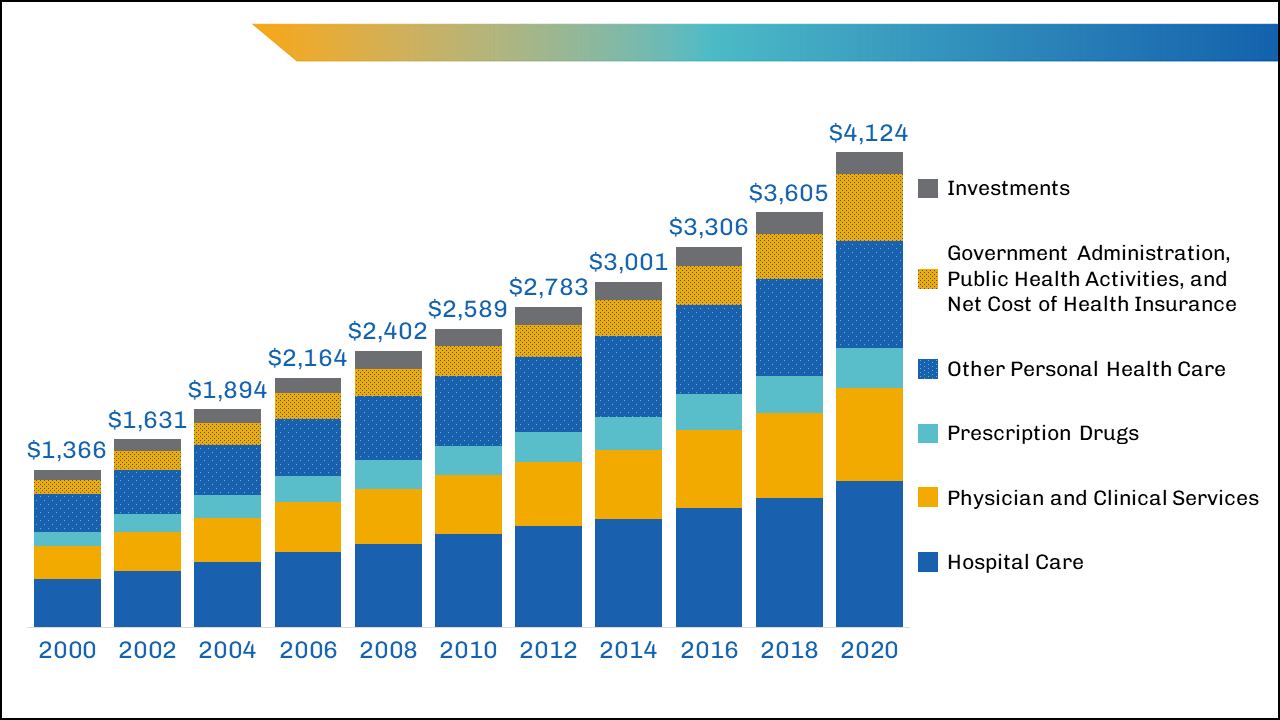Exactly How Healthcare RCM Solutions Streamline Billing and Collections
Exactly How Healthcare RCM Solutions Streamline Billing and Collections
Blog Article
A Comprehensive Guide on How Health Care RCM Functions to Enhance Billing and Collections
Navigating the intricacies of medical care profits cycle monitoring (RCM) is essential for companies intending to boost their payment and collections procedures. The guide unloads the intricacies of RCM, from person enrollment to balance dues management, providing insights into maximizing each action. Integrating sophisticated innovation and standard treatments can substantially reduce claim denials and increase settlement cycles. Yet, truth difficulty hinges on effortlessly merging these components to improve capital. As we check out the core components and strategies that drive efficiency, one inquiry remains: exactly how can healthcare entities ideal setting themselves to grow monetarily in an ever-evolving market?
Recognizing Revenue Cycle Management
Realizing the details of Revenue Cycle Administration (RCM) is crucial for healthcare companies aiming to maximize their economic efficiency. RCM is a vital administrative function that incorporates the whole monetary procedure of client treatment, from the initial appointment readying to the final payment of the balance. It is a complex procedure created to recognize, accumulate, and take care of the profits from the solutions supplied to clients. Reliable RCM guarantees that doctor receive accurate and prompt payments, reducing the risk of earnings loss and boosting capital.
The RCM process begins when a person routines a visit and extends through the client's treatment trip, consisting of invoicing and collections. A crucial goal is to reduce the time in between getting and offering a solution repayment, thus enhancing the organization's monetary health. RCM involves various functions such as person registration, insurance policy confirmation, charge capture, coding, claims entry, settlement posting, and dealing with rejections and allures.
Key Parts of RCM
In the realm of Income Cycle Monitoring (RCM), recognizing its vital parts is fundamental to attaining monetary effectiveness within medical care organizations. RCM is a thorough process that includes different phases, each important to making certain reliable invoicing and collections. The primary components include individual enrollment, insurance verification, charge capture, coding, case entry, payment uploading, and accounts receivable monitoring.


Once coded, claims are sent to payers, where accuracy is critical to avoid delays or denials - Healthcare RCM. Settlement uploading includes taping the received repayments, which permits the reconciliation of accounts. Last but not least, balance dues administration focuses on monitoring and dealing with unpaid cases, guaranteeing timely follow-up and resolution
Each component of RCM is interconnected, and inadequacies in any part can disrupt the entire cycle. Therefore, understanding these aspects is crucial for doctor to enhance earnings and enhance their monetary health.
Methods for Efficient Invoicing

Standardizing payment procedures throughout the organization is another vital method. Establishing clear standards for paperwork, coding, and entry aids maintain uniformity and conformity with governing demands. Training staff helpful resources frequently on these procedures ensures every person is up-to-date with the current adjustments in invoicing codes and payer policies.
Exact cost capture is crucial in protecting against earnings leakage. Executing routine audits and surveillance systems enables for the recognition and adjustment of discrepancies prior to they affect revenue. Additionally, maintaining open lines of communication with payers assists to promptly deal with any conflicts or misconceptions that might occur.

Last but not least, appealing individuals early in the payment procedure by offering clear estimates and academic materials regarding their economic obligations can considerably minimize complication and enhance payment timeliness. These techniques collectively contribute to a more monetarily healthy and efficient invoicing system.
Enhancing Collections Procedures
A durable collections procedure is important for maintaining monetary stability within healthcare organizations. Given the complexities of medical payment and the range of payer requirements, enhancing the collections procedure entails implementing tactical steps that guarantee prompt and precise settlement of solutions visit this site made. Central to this is the use of innovation to automate and enhance procedures, reducing hand-operated errors and boosting performance. Automation tools can aid in tracking claim statuses, sending timely reminders to patients, and handling denials more successfully.
Transparent and clear individual communications are important. Giving thorough descriptions of costs and offering adaptable repayment plans can increase individual fulfillment and timely settlements.
Normal audits of the collections procedure should be carried out to identify locations for renovation and guarantee conformity with laws. By examining data, medical care organizations can recognize trends, expect prospective issues, and adapt strategies as necessary (Healthcare RCM). Ultimately, a well-enhanced collections process not just supports economic health but likewise adds to a much more smooth experience for individuals and team alike
Optimizing Earnings Streams
Building upon the foundation of a solid collections process, medical care organizations can even more strengthen their economic stability by tactically optimizing income streams. This involves a multi-faceted technique, beginning with a comprehensive analysis of existing income resources to determine ineffectiveness and locations for growth. Using sophisticated information analytics devices makes it possible for organizations to obtain understandings right into payer mix, individual demographics, and service utilization patterns, enabling data-driven choices that improve profits capture.
Executing automated payment systems can considerably minimize errors and speed up insurance claims processing, ensuring that income is collected more efficiently. Moreover, optimizing payer contracts with normal settlements can enhance reimbursement rates and terms, straight impacting the lower line. Expanding service offerings, such as incorporating telehealth or health care, can additionally draw in a wider individual base, therefore boosting profits capacity.
Another vital component is improving patient interaction and contentment, as satisfied patients are more probable to follow treatment plans and make timely payments. Providing adaptable settlement choices and transparent invoicing methods can boost collections and foster client loyalty. Healthcare RCM. By adopting these approaches, health care companies can develop an extra resilient monetary framework, making sure sustained development Learn More Here and security in an ever-changing industry landscape
Verdict
Finally, health care Income Cycle Management (RCM) plays an important role in optimizing invoicing and collections processes by incorporating key parts such as person enrollment, insurance coverage confirmation, fee capture, coding, claims submission, and receivable administration. By utilizing sophisticated technology, systematizing treatments, and fostering patient involvement, doctor can substantially decrease insurance claim rejections, accelerate settlement cycles, and enhance capital. This thorough method to RCM eventually causes improved monetary performance and sustainability for health care organizations.
The RCM procedure starts when a client routines a consultation and extends via the person's treatment trip, consisting of billing and collections.Another vital element is enhancing individual engagement and complete satisfaction, as completely satisfied people are much more likely to stick to therapy plans and make timely payments. Providing versatile payment alternatives and clear invoicing methods can boost collections and foster client commitment.In final thought, health care Income Cycle Monitoring (RCM) plays an essential role in enhancing invoicing and collections procedures by incorporating key parts such as client registration, insurance verification, fee capture, coding, claims entry, and accounts receivable monitoring. By using sophisticated innovation, systematizing procedures, and cultivating individual engagement, healthcare companies can dramatically reduce claim denials, speed up settlement cycles, and improve cash circulation.
Report this page